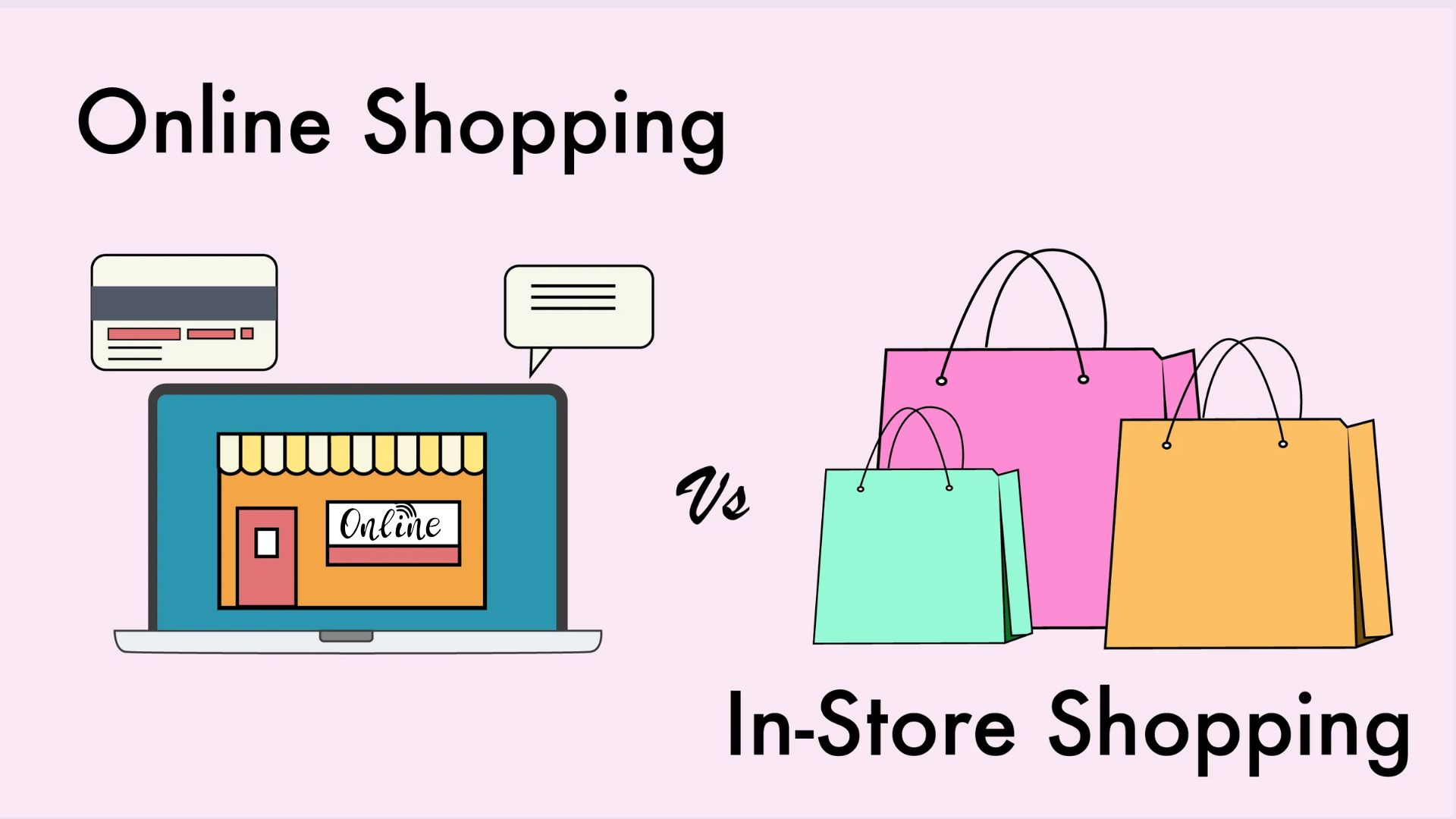Decoding the Future of Retail Landscape
To understand the future of retail, it is essential to analyze the interplay between in-store and online shopping. Retailers are adapting to evolving consumer preferences and the latest technological advancements. By 2024, the balance between physical stores and e-commerce will significantly shape shopping habits and define the retail landscape.
The In-Store Experience
In-store shopping provides immediate access to products. Consumers can physically touch, feel, and try on items, which is crucial for specific categories like clothing and cosmetics. Retailers enhance the shopping experience by creating engaging environments. For example, Apple is renowned for its interactive store designs that encourage exploration and hands-on engagement. Additionally, traditional retailers like Nordstrom emphasize customer service and personalized experiences to attract shoppers. This tactile interaction remains a critical element that e-commerce cannot fully replicate.
The Online Shopping Advantage
Online shopping offers unparalleled convenience and a vast selection of products. E-commerce giants like Amazon dominate the market, providing extensive product ranges and simple price comparisons. Consumers enjoy the flexibility of shopping 24/7 from any location. Online retailers are utilizing data analytics to deliver personalized recommendations, enhancing the overall user experience.”The rise of mobile commerce has also fueled this trend, with an increasing number of consumers using smartphones to browse and purchase products. The Omnichannel Approach…
To cater to the diverse preferences of consumers, retailers are adopting omnichannel strategies that integrate both in-store and online experiences. This approach facilitates seamless transitions between different shopping methods. For instance, Walmart combines its physical stores with a robust online presence, allowing customers to order online and pick up items in-store. This strategy effectively meets consumer demands for flexibility and convenience .
Growth Trends
E-commerce is on an upward trajectory, propelled by technological advancements. According to Statista, global e-commerce sales are anticipated to reach approximately $6.39 trillion by 2024 . Retailers are innificantly in improving their online platforms, refining user interfaces, and optimizing logistics for faster delivery. Fulfillment centers established by companies like Shopify bolster rapid shipping capabilities, enhancing consumer satisfaction .
Enhancing In-Store E
Despite the growth of online shopping, the in-store experience remains vital. Retailers are enhancing physical locations by incorporating advanced technology. Features such as interactive displays, augmented reality fitting rooms, and contactless payment options are designed to attract tech-savvy consumers. Brands like Nike have embraced augmented reality to allow customers to virtually try on shoes, effectively blending the digital and physical shopping experiences .
Addressing Security Concerns
Data security and privacy issues heavily influence consumer preferences in retail. Many online shoppers express concerns about data breaches and identity theft. Consequently, retailers are prioritizing cybersecurity measures to build trust with their customers. Implementing secure payment options and transparent data handling practices not only reassures consumers but also fosters brand loyalty .
The Role of Social Media
Emphasizing Sustainability
Sustainability has become increasingly important in the retail sector. Consumers today are more inclined to support brands that prioritize eco-friendly practices and ethical sourcing. Companies like Patagonia are recognized for their strong commitment to sustainability. In response, retailers are incorporating sustainable materials and waste-reduction strategies into their operations. For example, Uniqlo has introduced a recycling program that encourages customers to return old clothing, promoting sustainability within the fashion industry.
Conclusion: Adapting to Change
The future of retail is characterized by flexibility and adaptability. Retailers must respond to changing consumer preferences while leveraging technology to enhance shopping experiences. In-store and online shopping will coexist, each offering unique advantages. The successful integration of both methods will define the retail landscape moving forward.
In conclusion, navigating the future of retail requires an understanding of the complex interplay between in-store and online shopping. Retailers must balance immediate product access with convenience. By adopting omnichannel strategies and embracing technological advancements, retailers can meet consumer demands while fostering brand loyalty. The retail landscape continues to evolve, influenced by consumer preferences, technological innovations, and sustainability considerations.




